
There is a total of 47 prefectures in Japan.
Just as the townscapes, activities, and gourmet foods differ from region to region, the characteristics of local people also vary. In this series, we will delve into the local circumstances of each prefecture by introducing attractions and local people's tidbits.
This time, we will focus on Toyama Prefecture, a popular area in Hokuriku. Let's learn together about Toyama, which is full of scenic beauty and hot spring activities such as the Tateyama Kurobe Alpine Route, Gokayama, which has been designated as a World Heritage Site along with Shirakawa-go, and Unazuki Onsen!

Showy homeownership and car ownership rates are among the highest in the country! Toyama is known for its lavish spending on weddings, funerals, and family affairs
Spacious detached houses line the Hokuriku region. Among them, Toyama is known for its high homeownership rate.
Surprisingly, from the start of the national census in 1960 to 2015, Toyama Prefecture's "homeownership" rate (the proportion of homeowners among general households living in housing) was the highest in the country.
Although it has dropped in the rankings since 2018, the homeownership rate in 2021 is still a whopping 76.8%, which is considerably higher than the national average of 61.2%.
This high homeownership rate is due not only to low land prices and the prevalence of dual-income households, but also to the strong traditional belief among Toyama residents that "owning a home is a sign of adulthood". The phrase "Etchu no hitotsu nokoshi", which means "leaving one asset behind such as a house or land", has long been used in Toyama, and it aptly represents the character of the people of Toyama Prefecture. In fact, there are many large and luxurious detached houses in Toyama Prefecture, and in fiscal 2015, it won first place in the national comparison of "total floor area per housing unit" with 152.18 square meters.
Furthermore, in 2021, it ranked second in the number of passenger cars per household. They spend nearly twice the national average on gifts for visitors to weddings and funerals, such as wedding favors, showing a bit of a show-off side.
Also, when building a grave, they make it large and ensure that the ossuary (the space for the bones) is above the ground to prevent water from seeping in due to rain or snow. They seem to spend quite a bit of money on funerals. They spare no expense on household goods, family events, and weddings and funerals. That's the luxury of Toyama style.
The Edo Castle stomachache incident is what made "Toyama's medicine" famous!
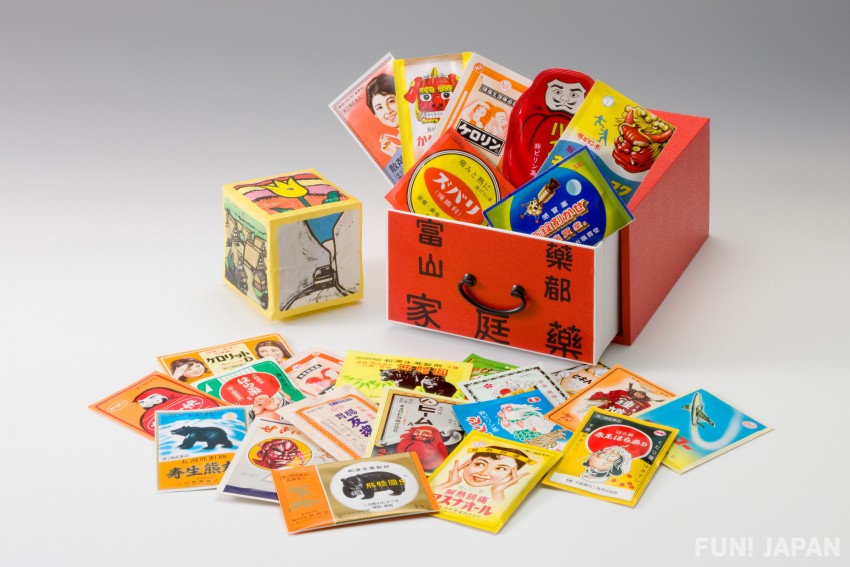
What comes to mind when you hear "Toyama Prefecture"?
When it comes to Toyama, the image of tourist spots related to magnificent views and hot springs, such as the giant snow wall "Yuki no Otani" (giant snow walls along the road) of the Tateyama Kurobe Alpine Route, Kurobe Dam, and Unazuki Onsen, is particularly strong. However, it is actually famous in Japan as a "city of medicine", and "Toyama's Okiyaku" (over-the-counter medicine) has a history of over 300 years. Even now, there are many pharmaceutical manufacturers and factories in the prefecture, and in front of JR Toyama Station, there are bronze statues of children chasing after the medicine sellers of Okiyaku and girls delighted to receive paper balloons.
The reason why Toyama became famous for its medicine dates back to an incident that occurred in Edo Castle in the winter of 1690, the third year of the Genroku era. At that time, Masatoshi Maeda, the second lord of the Toyama Domain, was attending Edo Castle when a certain daimyo became severely stomachache. At that time, the daimyo was miraculously recovered by taking the "Hangon-tan" (反魂丹), a miraculous medicine from Toyama, which Masatoshi was carrying. The other daimyos present were surprised and asked Masatoshi to sell the medicine to their domains. This "Edo Castle Stomachache Incident" led to the spread of "Toyama's Medicine" throughout Japan.
At the time, the Toyama domain was suffering from frequent floods due to river flooding, and the financial situation was tight due to countermeasures. Therefore, Masatoshi decided to comply with the requests of the feudal lords and set out to sell medicine as a peddler all over the country.
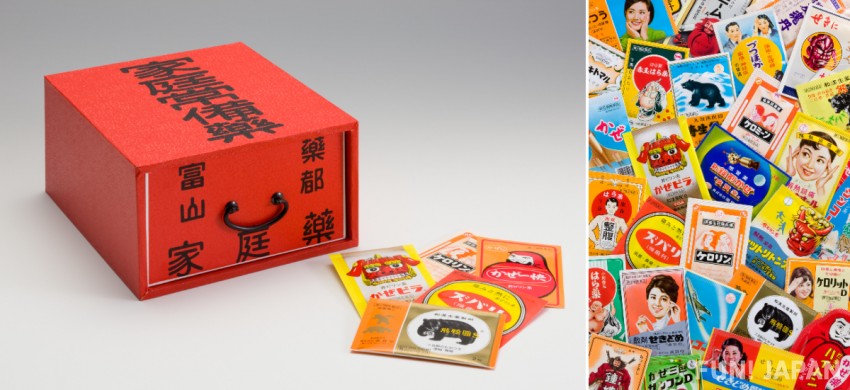
The Toyama medicine sales system, known as "Senyoukouri" (先用後利 - pay after use), was unique in that the merchant would first entrust the medicine to the customer, then periodically visit the household to collect only the cost of the medicine that had been used. At that time, it was very difficult for ordinary people to keep several types of medicine on hand, as medical care was not widespread and it was uncertain when the medicine would be needed. The system, which allowed various medicines to be kept on hand and only the cost of the used portion to be paid, was highly convenient and widely accepted by people in various regions.
Furthermore, the relationship of trust deepened as they regularly visited each household, and it was not uncommon for peddlers and each household to have a relationship like relatives. It is symbolic that there is a bronze statue of a girl who is delighted to receive a paper balloon from a medicine seller at Toyama Station.
By the way, this Toyama's "Senyoukouri" system of leaving medicine is currently being carried out all over the country by various pharmaceutical companies, and is also being utilized in other marketing methods.
Actually, there are pros and cons! Even the locals think "Toyama Black Ramen is too salty"⁉

When it comes to representative gourmet food from Toyama, "Toyama Black Ramen" comes to mind.
This local ramen, also known as "Toyama Black", was born in Toyama City, Toyama Prefecture around 1955. It features a pitch-black soup made from simmering dark soy sauce, topped with coarsely ground pepper and a large amount of chopped green onions for a punchy flavor. Furthermore, the sweetness of the fatty pork belly chashu is also a distinctive feature.
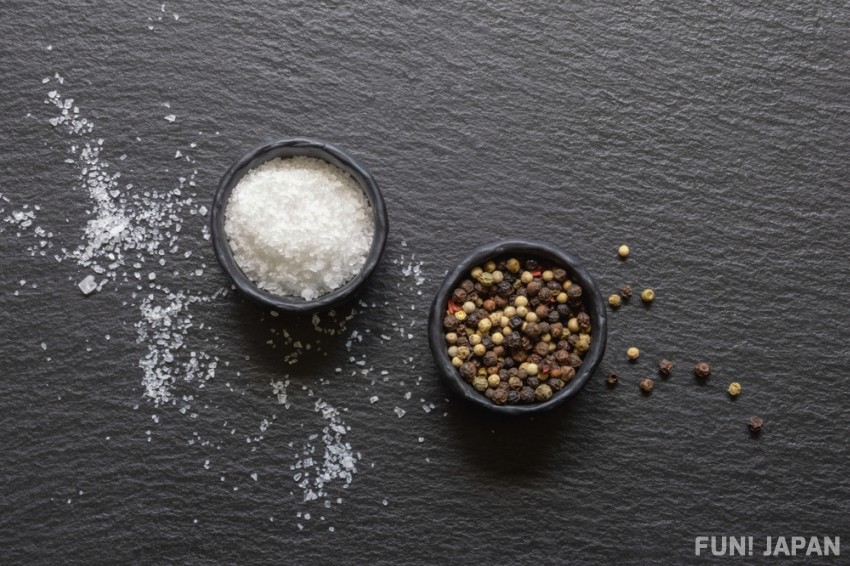
Originally, soy sauce ramen with a rich soup was made as a salt supplement for sweaty physical workers. It was assumed to be eaten with rice, and the soup was said to have a salty taste (at that time, it was normal for customers to bring their own rice).
Even now, there are many black ramen shops in Toyama Prefecture, and there are popular shops like Menya Iroha, which won first place in the "Tokyo Ramen Show" in a row, but its punchy taste is actually controversial among the locals.
While there are voices saying "The strong scent of pepper stimulates the appetite" and "The strong salt flavor is delicious", there are also harsh opinions such as "That's too salty" and "If you come to Toyama, you should eat sushi before black ramen"...
Surprisingly, when you search for "Toyama Black Ramen" in Japanese (富山ブラックラーメン) on a search engine, the keyword "salty" (しょっぱい) appears along with the names of famous and chain stores in the predictive search phrase.
The "Toyama Black Ramen" is characterized by its impactful jet-black soy sauce soup and the lingering saltiness from a generous amount of black pepper. Whether you find it delicious or not, why not give the authentic taste a try and decide for yourself!
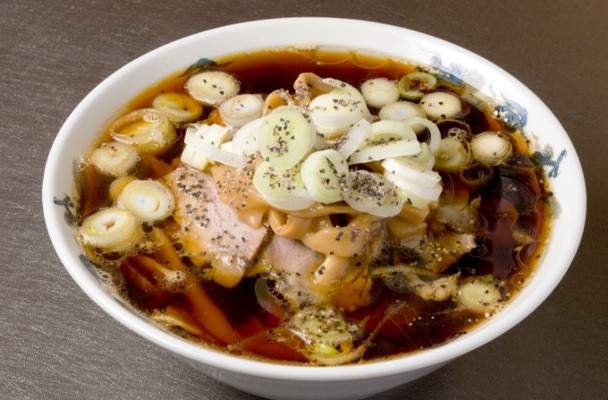





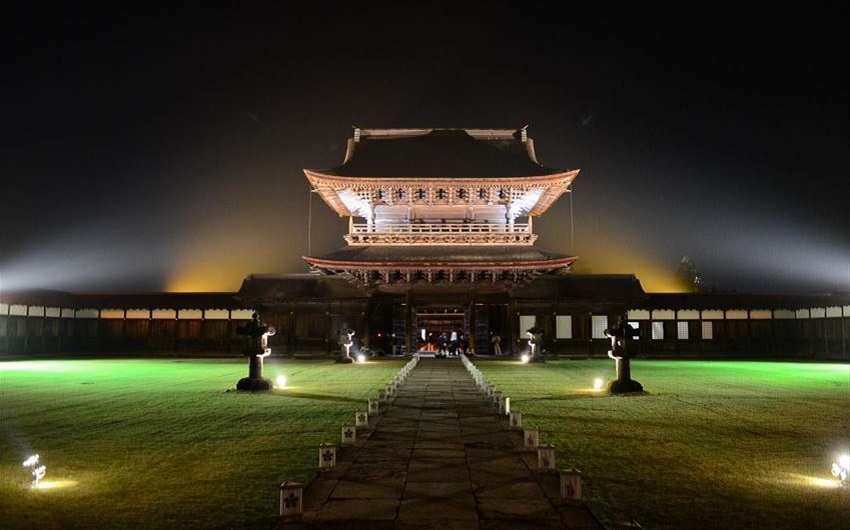

Comments